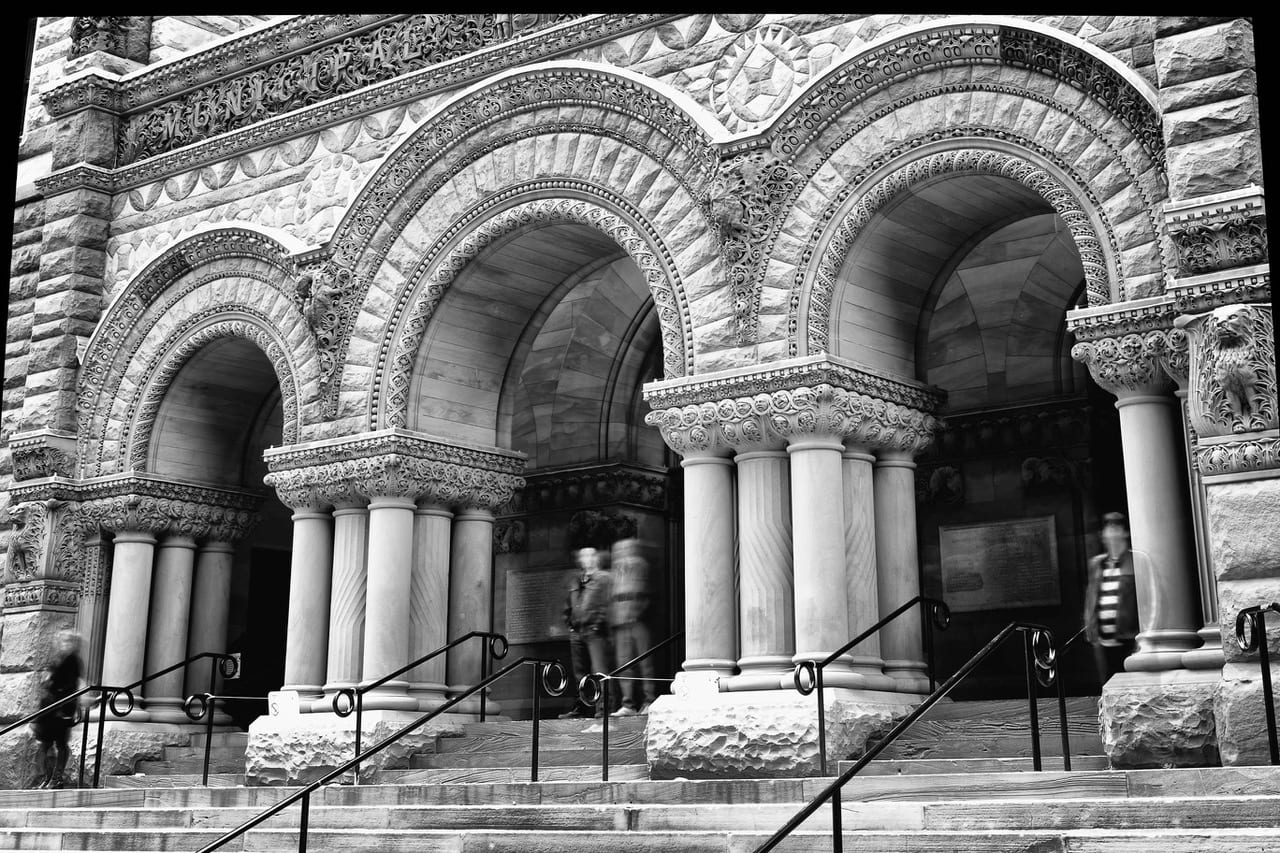 Similar Fact Evidence and the case of R. v. J.W. by the Ontario Court of Appeal.
Similar Fact Evidence and the case of R. v. J.W. by the Ontario Court of Appeal.
On February 14, 2013 the Court of Appeal for Ontario released the judgment of R. v. J.W. (2013 ONCA 89) setting aside the acquittal of J.W. and ordering a new trial on the basis that the trial judge failed to admit and consider similar-fact evidence in the trial. The allegations where of a sexual and physical nature that J.W. purportedly engaged in while he was the stepfather of J.C.
The Crown sought to introduce what they considered similar acts that led to a prior conviction of J.W. on another complainant, C.K. The conviction relating to C.K. was also sexual in nature with similarities in the modus operendi that J.W. utilized while allegedly molesting J.C. The defence at trial also alleged aspects of collusion through third parties of C.K. and J.C. and thereby tainting the evidence of J.C.
Restating similar fact evidence by the Ontario Court of Appeal:
The Ontario Court of Appeal rehashed the law of similar fact evidence stating that:
[36] The test for admissibility of similar fact evidence where collusion is alleged is set out in R. v. Handy, 2002 SCC 56, [2002] 2 S.C.R. 908, at paras. 111-112. The trial judge is required to determine whether there is an “air of reality”, or evidential foundation, to the allegation of collusion. If the trial judge determines the allegation of collusion has an air of reality, the burden shifts to the Crown “to satisfy the trial judge, on a balance of probabilities, that the evidence of similar facts is not tainted with collusion”: R. v. Handy, at para. 112. If the Crown discharges this burden, the evidence is admitted. It is then up to the trier of fact to determine the ultimate worth of the similar fact evidence. [37] Mere opportunity for contact is insufficient to give rise to an “air of reality” to the allegation of collusion: David M. Paciocco and Lee Stuesser, The Law of Evidence, 6th ed. (Toronto: Irwin Law, 2011), at p. 63. As Binnie J. wrote, at para. 111 of R. v. Handy, “[t]he issue is concoction or collaboration, not contact”. Here, the evidence of collusion, discussed above, amounted to no more than an opportunity for indirect contact. In addition, there appears to have been no evidence of a motive to collude, as there was in R. v. Handy.The Court then held that the judge erred by concluding that the allegation of collusion had an air of reality to it, and thereby committing an error of law by shifting the burden to prove otherwise to the Crown.
However, the Court of Appeal also made it clear, at paragraph 40, that absent an error in principle, a trial judge’s determination of similar fact evidence on the basis that its probative value is outweighed by its prejudicial effect is entitled to substantial deference.
The Court also restated the basic premise on the admission of similar fact evidence in that
“[S]imilar fact evidence must be probative of a live issue in the trial. Similar fact evidence will generally be probative where a trier of fact is able to legitimately infer, on the basis of the respondent’s past sexual misconduct in closely comparable circumstances, that coincidence is objectively improbable…Further, once a trial judge determines that similar fact evidence is affected by no more than a mere possibility or opportunity for collusion … it becomes a matter of weight for the trier of fact: R. v. Handy, at para. 111… [and] in exercising a gatekeeper function, there are times where the trial judge is entitled to take into account the credibility of the evidence. Where the question of admissibility and probative value are totally bound up with one another, the evidence may be too prejudicial to be admitted unless it is reasonably capable of belief: R. v. Handy, at para. 134. Furthermore, in a judge alone trial where the trial judge, as the trier of fact, must make the ultimate determination as to the weight to be given to the evidence that may have been influenced by the sharing of information, weighing the evidence at the admissibility stage may occasion no substantial wrong or miscarriage of justice in the end result. (paras 41-42)
Similar fact evidence is not a “numbers game”
The Court also made it clear that similar fact evidence is “not a numbers game” in that it is not “a mathematical calculation of the similarities and dissimilarities of the evidence, without regard to their qualitative force.” and reminded trial judges the Supreme Court of Canada case of R. v. Shearing, at para. 60 that stated:
The judge’s task is not to add up similarities and dissimilarities and then, like an accountant, derive a net balance. At microscopic levels of detail, dissimilarities can always be exaggerated and multiplied.
The Court also held that “what constitutes sufficient similarity is a contextual exercise which requires the court to bear in mind the issue to which the evidence is directed.” which, in this case related to whether or not the acts took place, and not on issues of identification, for example. The admission of the evidence is always dependent on the use to which it is directed.
The law of similar fact evidence can indeed by a complicated area of law, but this recent case assists litigators understand the proper application and proper basis for exclusion in a rather succinct and well written manner.

 Similar Fact Evidence and the case of R. v. J.W. by the Ontario Court of Appeal.
Similar Fact Evidence and the case of R. v. J.W. by the Ontario Court of Appeal.




